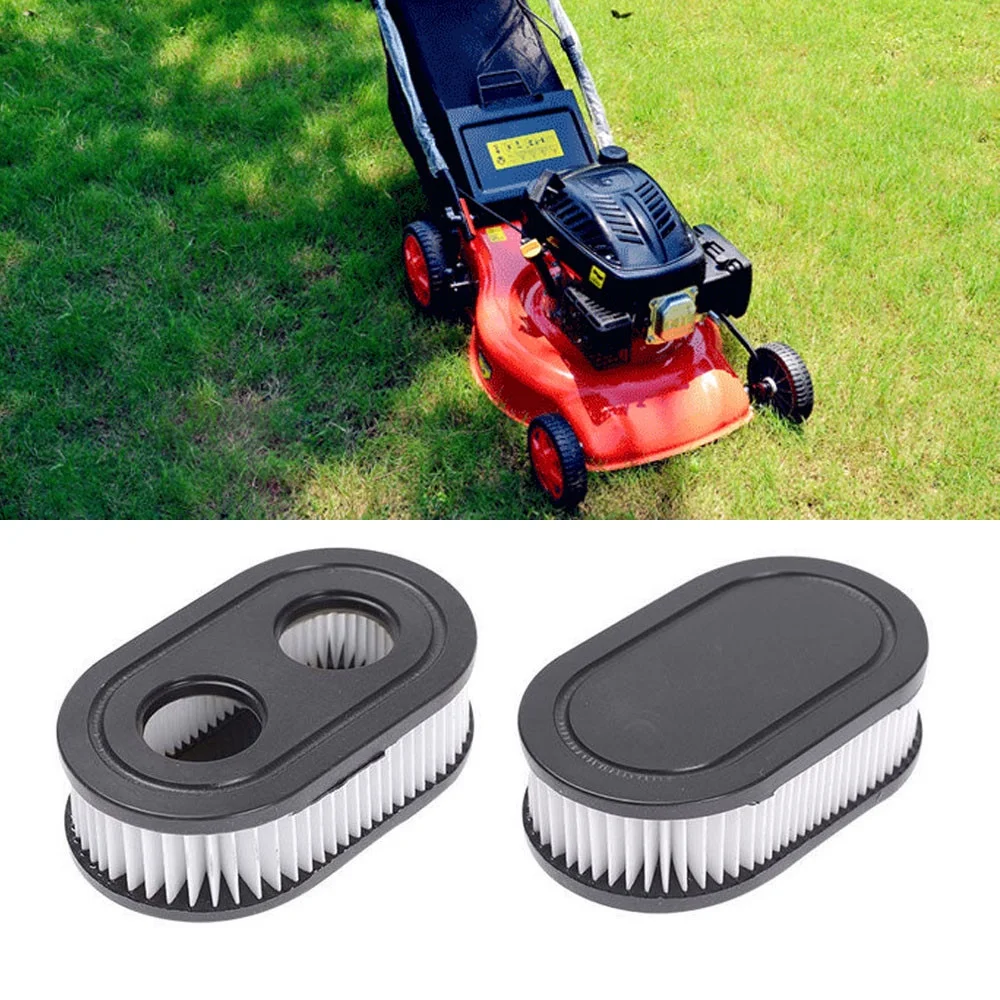Have you ever checked your engine oil and noticed it had a strange, milky appearance? This phenomenon, often referred to as “milky oil,” can be a sign of a serious underlying issue. In this article, we’ll delve into the common causes of milky oil in your engine, explore the potential consequences, and provide practical solutions to address the problem.
Understanding Milky Oil
Milky oil is essentially a mixture of engine oil and coolant. When these two fluids combine, they create a cloudy or milky substance. This mixing can occur due to several factors, including:
- Head gasket failure: A damaged head gasket can allow coolant to seep into the combustion chamber, where it mixes with the engine oil.
- Cracked engine block: A crack in the engine block can also lead to coolant mixing with oil.
- Clogged radiator: A clogged radiator can prevent coolant from circulating properly, causing it to build up and eventually leak into the engine.
- Faulty oil cooler: If the oil cooler is damaged or leaking, coolant can enter the engine’s oil system.
Consequences of Milky Oil
Ignoring milky oil can have severe consequences for your engine. When coolant and oil mix, they can:
- Reduce engine performance: The mixture can interfere with the engine’s lubrication and cooling systems, leading to decreased power and efficiency.
- Cause engine damage: Over time, the corrosive properties of coolant can damage engine components, such as bearings, pistons, and cylinder walls.
- Increase fuel consumption: A damaged engine may require more fuel to compensate for reduced power and efficiency.
- Trigger a catastrophic engine failure: In severe cases, milky oil can lead to a complete engine failure.

Diagnosing Milky Oil
If you notice milky oil in your engine, it’s essential to have it inspected by a qualified mechanic. They can perform a thorough diagnosis to pinpoint the exact cause of the problem. Common diagnostic procedures include:
- Visual inspection: The mechanic will examine the engine for signs of coolant leaks, such as wet spots or white residue.
- Pressure testing: A pressure test can help identify leaks in the cooling system.
- Compression test: A compression test can reveal if there’s a problem with the engine’s combustion chambers.
- Oil analysis: A laboratory analysis of your engine oil can provide clues about the presence of coolant or other contaminants.
Solutions for Milky Oil
The appropriate solution for milky oil will depend on the underlying cause. Here are some common approaches:
- Head gasket replacement: If a damaged head gasket is the culprit, it will need to be replaced. This is a major repair job that typically requires removing the engine from the vehicle.
- Engine block repair or replacement: If the engine block is cracked, it may be possible to repair it. However, in severe cases, a complete engine replacement may be necessary.
- Radiator cleaning or replacement: A clogged radiator can be cleaned or replaced to improve coolant circulation.
- Oil cooler repair or replacement: A damaged oil cooler can be repaired or replaced to prevent coolant from entering the oil system.
Oil analysis
When you notice milky oil in your engine, it’s essential to seek professional help to identify the underlying cause. One of the most valuable diagnostic tools is oil analysis.
What is Oil Analysis?
Oil analysis is a laboratory procedure that involves testing a sample of your engine oil to detect abnormalities or contaminants. This testing can provide valuable insights into the health of your engine and help pinpoint the source of milky oil.
How Does Oil Analysis Work?
During an oil analysis, a sample of your engine oil is sent to a laboratory for testing. Various parameters are analyzed, including:
- Viscosity: This measures the oil’s thickness and ability to flow.
- Contaminants: The analysis can detect the presence of contaminants such as coolant, fuel, metal particles, and dirt.
- Wear metals: The presence of excessive wear metals can indicate engine component wear.
- Acid number: This measures the acidity of the oil, which can be a sign of oxidation or contamination.
- Water content: High water content in the oil is a strong indicator of coolant mixing.
Benefits of Oil Analysis
Oil analysis offers several benefits in diagnosing milky oil:
- Early detection: It can identify problems before they lead to more severe engine damage.
- Pinpointing the cause: Oil analysis can help determine the specific cause of milky oil, such as a head gasket failure or cracked engine block.
- Monitoring engine health: Regular oil analysis can help track the overall health of your engine and identify potential issues early on.
- Preventive maintenance: By understanding the results of oil analysis, you can schedule preventive maintenance to address potential problems before they become more serious.
When to Perform Oil Analysis
It’s recommended to have your engine oil analyzed:
- After noticing milky oil: This is a clear indication of a problem that needs to be investigated.
- During routine maintenance: Regular oil analysis can help monitor the health of your engine and identify potential issues before they become severe.
- Following a major repair: After a significant repair, such as a head gasket replacement or engine rebuild, oil analysis can help ensure the engine is operating correctly.
By utilizing oil analysis as part of your engine maintenance routine, you can better protect your investment and prevent costly repairs caused by milky oil.

Preventive Measures
While there’s no foolproof way to prevent milky oil, there are steps you can take to reduce the risk:
- Regular maintenance: Keep your vehicle’s cooling system and engine in good condition by following the manufacturer’s recommended maintenance schedule.
- Monitor coolant levels: Check your coolant level regularly and top it off as needed with the correct type of coolant.
- Inspect for leaks: Look for signs of coolant leaks, such as wet spots under your car or a sweet smell.
- Address issues promptly: If you notice any problems with your engine or cooling system, have them addressed by a mechanic as soon as possible.
Using a dehumidifier in engine storage area
Why Use a Dehumidifier?
Storing an engine, whether it’s a classic car, motorcycle, or marine engine, requires careful consideration to prevent damage and ensure optimal performance. One of the most significant threats to engine longevity is moisture. High humidity can lead to:
- Rust and corrosion: Moisture accelerates the oxidation process, causing rust to form on metal components.
- Mold and mildew growth: These organisms can damage electrical components, insulation, and other sensitive parts.
- Seized parts: Moisture can cause parts to stick together, preventing proper movement and function.
- Engine block cracking: Extreme temperature fluctuations caused by moisture can lead to cracks in the engine block.
Choosing the Right Dehumidifier
When selecting a dehumidifier for your engine storage area, consider the following factors:
- Size of the space: The dehumidifier should be capable of handling the volume of the storage area.
- Humidity level: Look for a dehumidifier with a suitable dehumidification capacity to effectively reduce moisture levels.
- Energy efficiency: Opt for a model with a good energy efficiency rating to minimize operating costs.
- Noise level: If the storage area is near living quarters, a quiet dehumidifier is essential.
- Portability: If you need to move the dehumidifier frequently, a portable model is more convenient.
Placement and Maintenance
Proper placement and maintenance of the dehumidifier are crucial for optimal performance:
- Location: Place the dehumidifier in a well-ventilated area away from heat sources and obstructions.
- Drainage: Ensure the dehumidifier has adequate drainage to prevent water overflow.
- Regular cleaning: Clean the dehumidifier’s filters and air intake regularly to maintain efficiency.
- Emptying the water reservoir: Empty the water reservoir frequently to prevent mold and mildew growth.
- Monitoring humidity levels: Use a hygrometer to monitor the humidity level in the storage area and adjust the dehumidifier’s settings accordingly.
Additional Tips
- Ventilation: Ensure proper ventilation in the storage area to help reduce humidity.
- Engine covers: Use engine covers to protect the engine from dust, moisture, and other environmental factors.
- Regular inspections: Periodically inspect the engine for signs of rust, corrosion, or mold.
By using a dehumidifier and following these guidelines, you can effectively protect your engine from moisture damage and ensure its long-term performance.

Milky oil is a serious issue that should not be ignored. By understanding the causes, consequences, and solutions, you can take proactive steps to protect your engine and avoid costly repairs. If you suspect you have milky oil in your engine, seek professional help to diagnose and address the problem promptly.





